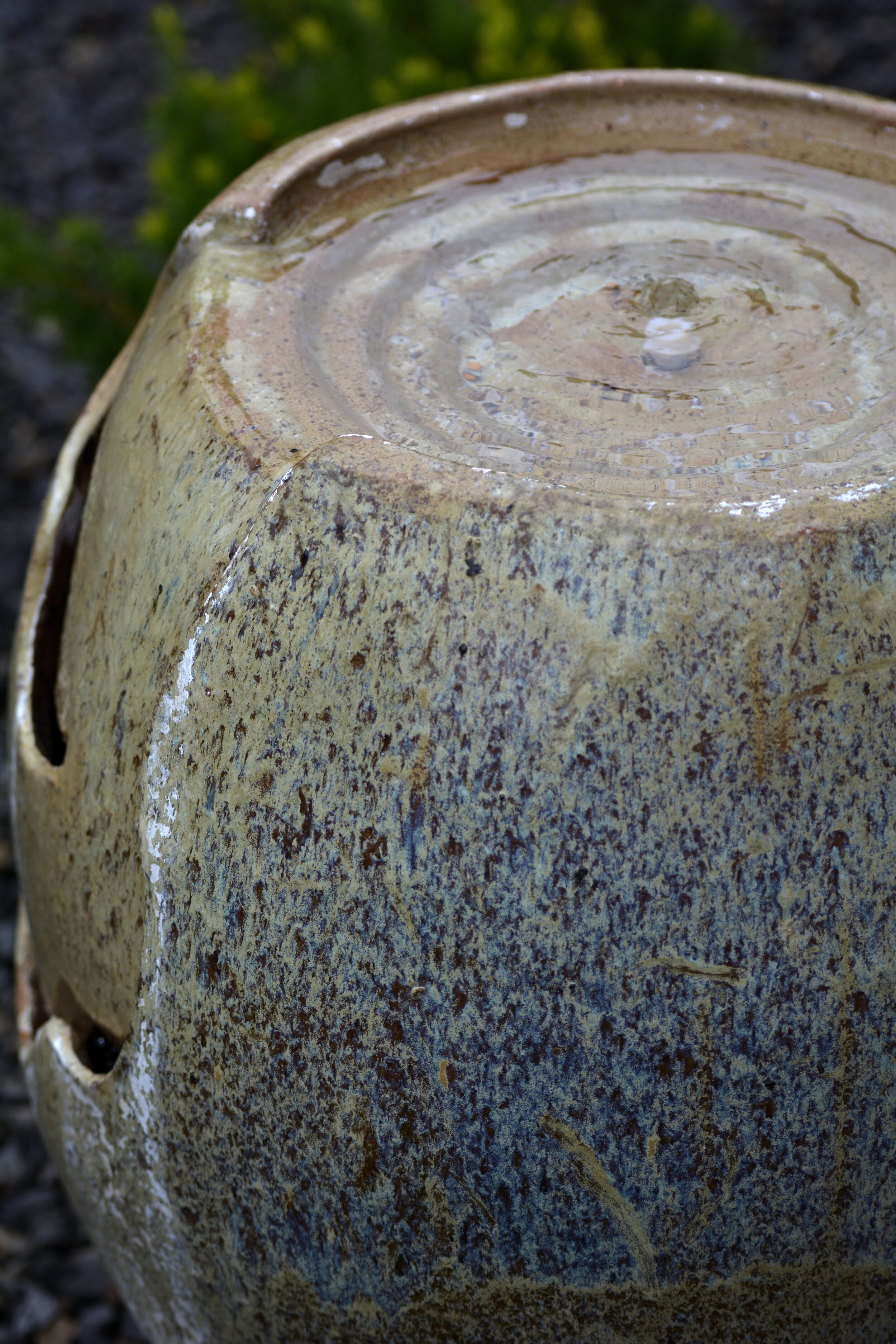It’s that time of year again: Spring! As we all anxiously prepare our gardens and yards for the summer months, we’ll likely be doing some pruning, planting, and mowing. Whether you have your whole routine down or you’re suffering from some winter brain-freeze, here are some reminders for best practice in getting your garden ready for spring!
pruning
Our spring pruning may include dead-wooding (removing stems or branches that are no longer living), shaping (pruning for a specific shape, especially in the initial years after planting), or general maintenance (it’s important to clean out your plants of overgrowth and ‘suckers’ so they can receive enough light and water).
Regardless of what kind of pruning you have at hand; it is of the utmost importance that you wait until after blooms are sprung. Pruning while a shrub or tree is budding may create a stress response which can ultimately kill the plant but is most likely to cause the plant to send up overzealous new growth called ‘suckers’. These shoots skyrocket above the main structure of the plant to reach the sunlight, in doing so, taking away from the energy that the main structure receives.
For the healthiest prune, tackle your garden in early winter or early spring. However, if you’ve been slow to roll this spring, just remember not to prune before the bloom!
planting
Perhaps this is the year that you revamp your landscape! New plants are so very exciting, but planting young plants too early can potentially hurt your new garden dreams. Planting should occur after the last frost of the year. Here in Spokane, that’s typically around Mother’s Day, though with the unseasonably warm spring we’re having, it’s reasonable to think that some folks might jump too soon.
Once the last frost has come and gone, plant your new garden with care. There are a number of things to consider when planting; What kind of light do the plants work well with (Full sun/Full shade/Partial sun)? Make sure to place plant material in appropriate spaces for their needs! What is the soil like in your planting area (Rocky/Clay/Soft/Dry)? If the soil is very rocky, you may want to reconsider your placement. If your soil is mostly clay, keep in mind that it will retain more moisture, longer. If the soil is dry, it’s important to ‘mud’ plants in and ensure that they’ll be receiving enough water where they’re planted. When planting trees, it is extremely important that the root flare (a flared area at the base of the trunk) is exposed and planted at or slightly above ground level. Making sure that the whole you’ve dug is large enough and bowl-like in shape, will also aid in successful planting.
If springtime is busy for you, consider planting dormant trees in early winter, or planting bulbs in the late fall You’ll have a shock of color to enjoy come springtime, even if it’s just when you’re walking to and from your front door.
mowing
As you pull your mower out of the garage and dust it off, take some time to ensure that it’s in working order! Once you’re certain it’s still kicking, get started on your lawn. This time of year is crucial to the health of your lawn. As it’s coming back to life from a winter of dormancy, the best thing you can do is mow frequently! Even if it may seem like you could let it go another day or two, frequent mowing will increase growth and therefore, the health of your lawn (Be sure to give it lots of water, too!). Be sure to set your mower’s blade to no more than 1/3 of the grass height and mow, mow, mow.
If you notice that all or parts of your lawn are struggling to come back, even with frequent mowing and watering, throw down some fertilizer to give it a kickstart.
Springtime is upon us, indeed. As you’re pruning, planting, and mowing, remember that we here at Pacific Garden Design offer a wonderful, full-service maintenance contract and would be more than happy to take the hassle of spring (and year round) garden maintenance off of your hands. For more information and estimates, call our office at (509) 838-3939.
written by: kiely stelahue, social media manager/plant specialist






